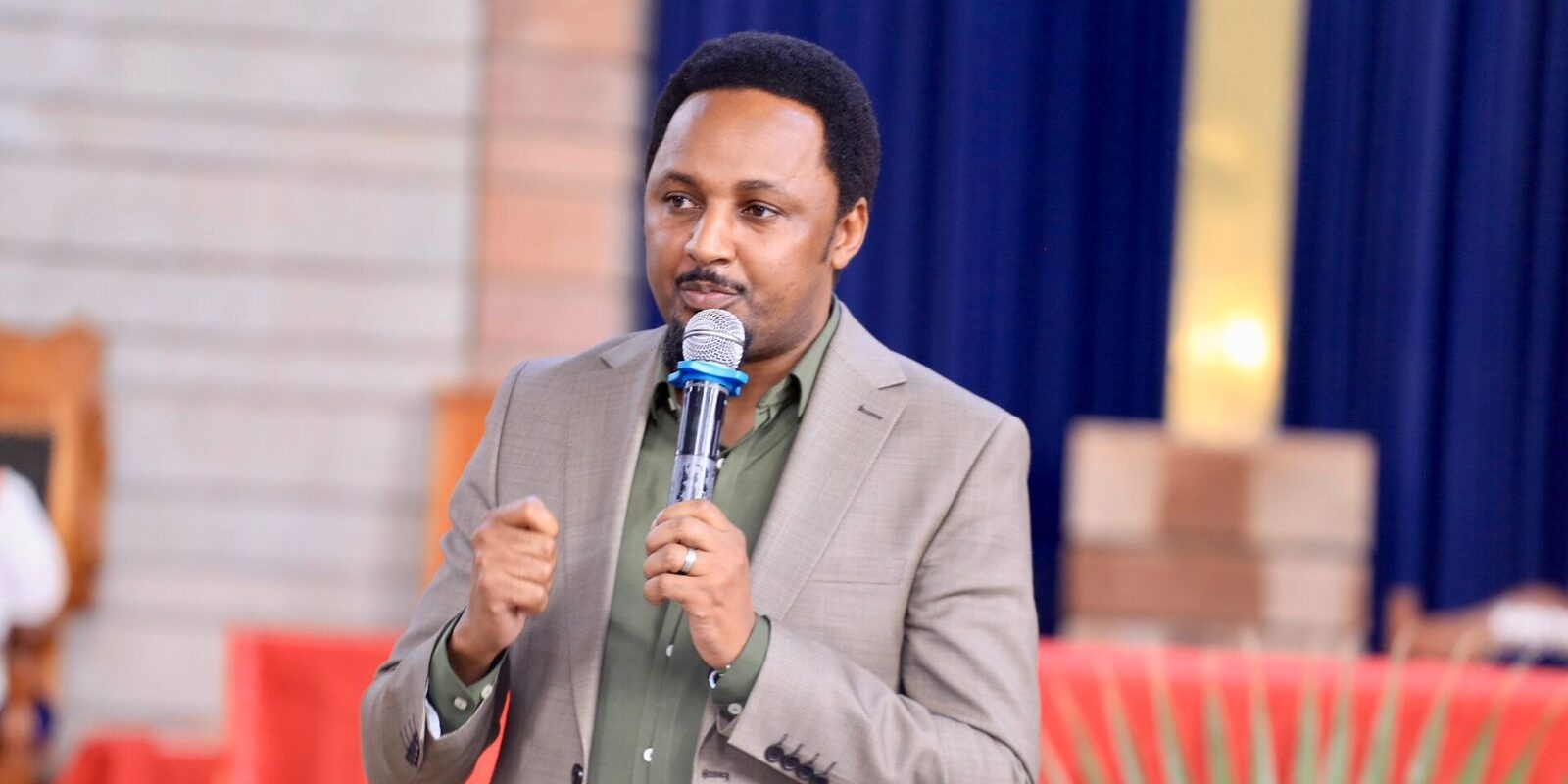@Yobramos4
Apart from restoring the island status of Mombasa, the construction of the Makupa Bridge and the railway beside it will increase fish stock for fishermen at the Tudor and Port Reitz creeks.
The 457-metre long bridge, with four 20-metre wide lanes, and a two-metre section for non-motorised traffic and pedestrian footpath, was done by the China Communications and Construction Company at a cost of Sh4.5 billion.
It is part of the Belt and Road Initiative that the Chinese government is exporting to different parts of the globe with a view to increasing connectivity and creating a win-win cooperation that fosters mutually beneficial friendship.
The bridge was opened in July last year by former President Uhuru Kenyatta but the construction of the railway line beside the bridge is ongoing.
Big Ship CBO co-founder and executive director Bosco Juma on Monday told the Star once the causeway is fully unclogged after the completion of the railway line, the hydrological balance from the ocean to the creeks will be restored.
“This will change a lot of things in the marine ecology. Movement of water will change. The waves will now get to Moroto (slums) and they will be stronger,” Juma said.
At the moment, there is a lot of leachate because of the garbage that was compressed and filled at the former Kibarani dumpsite, right next to the bridge.
Juma, an environmental expert, said there is methane gas still being produced after the garbage at the former dumpsite was filled and compacted.
“There is sipping of the leachate. So, ideally, the fish catch on the other side will increase,” he said.
This is because with the water now flowing freely, the pollution level will be neutralised and the water will clean itself improving the habitat for the marine organisms.
“This will increase the number of species in the fisheries,” the environmental activist said.
Juma said the fishermen at the Shimanzi Beach Management Unit will benefit from more fishes because they will also be able to increase their fishing scope.
Apart from the marine life, traffic flow at the former causeway, built by the British colonialists in 1929, has increased.
“It now takes 10 minutes from Mombasa West to the CBD,” George Mutinda, a businessman from Changamwe, said.
The Changamwe Interchange and the Mombasa-Kwa Jomvu road, done by the China Communications Construction Company at a cost of about Sh85 billion, has made life easier for motorists.
“There are fewer accidents now and our cars can last longer for needing repair,” Mutinda said.
He said getting goods from the CBD to Mombasa West is now a matter of minutes unlike before, when the Makupa causeway was ever having a traffic snarl-up increasing the time it takes to get goods to the market.
This eventually drove up the cost of goods. Now it is different.
He said his real estate business in Mombasa West has seen a major boom because now more people are moving to Mombasa West.
“Before the construction of the bridge and the interchange, nobody wanted to live in Changamwe or Magongo or Chaani, basically Mombasa West, because of the constant traffic snarl-ups.
“Our houses were not getting tenants or buyers. Now, everyone is running to buy units here because of the ease of access,” Mutinda said.
Sam Ikwaye, a tourism expert, said the Makupa Bridge and Changamwe Interchange have enhanced accessibility and movement of traffic from the airport to the hotels.
“Now there are no longer delays. Tourists used to miss flights because of the delays occasioned at the Makupa causeway,” Ikwaye told the Star.
He said due to lack of an open sky policy, many tourists connect from Nairobi and any time there were such delays, tourists used to pay huge penalties in the past.
“The only thing they have to do is repair the street lights from the Makupa causeway to the airport. They are downgrading a serious infrastructural investment,” Ikwaye said.
The restoration of the island status of Mombasa is also crucial to the tourism sector.
In 2018, Unesco threatened to delist Mombasa as an island tourism city if the causeway was not demolished to connect the Tudor and Port Reitz creeks, prompting former President Kenyatta to commission the construction of the Makupa bridge.
Ikwaye said the Kenya Tourism Board can now market Mombasa as an island.
Marine expert Andrew Mwangura said Mombasa will not have to worry about missing out on the Unesco heritage funds.










